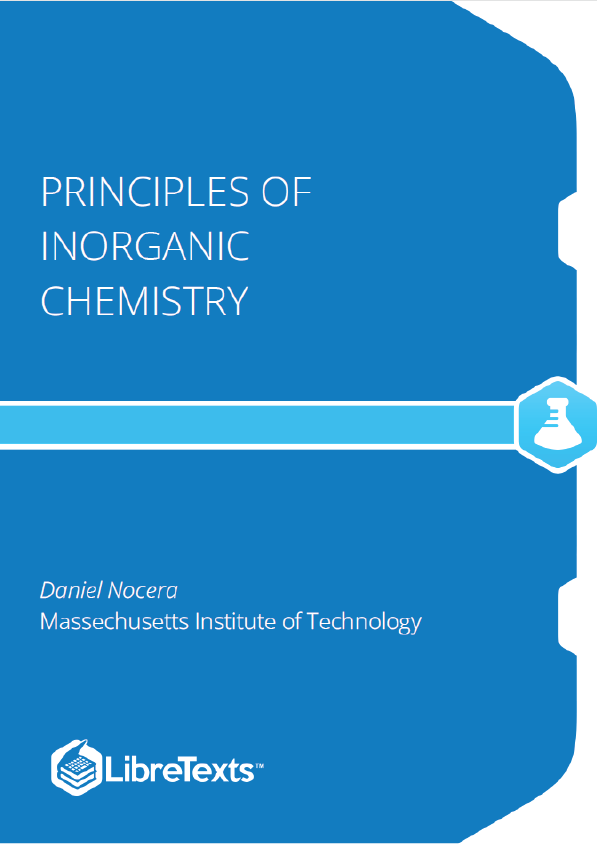Similarity transformations yield irreducible representations, Γ , which lead to the useful tool in group theory – the character table. The general strategy for determining Γ is as follows: A, B and C are matrix representations of symmetry operations of an arbitrary basis set (i.e., elements on which symmetry operations are performed). There is some similarity transform operator such that
where v uniquely produces block-diagonalized matrices, which are matrices possessing square arrays along the diagonal and zeros outside the blocks
Matrices A, B, and C are reducible. Sub-matrices A , B and C obey the same multiplication properties as A, B and C. If application of the similarity transform does not further block-diagonalize A’, B’ and C’, then the blocks are irreducible representations. The character is the sum of the diagonal elements of Γ .
As an example, let’s continue with our exemplary group: E, C , C , σ , σ ’, σ ” by defining an arbitrary basis … a triangle
The basis set is described by the triangles vertices, points A, B and C. The transformation properties of these points under the symmetry operations of the group are:
These matrices are not block-diagonalized, however a suitable similarity transformation will accomplish the task,
Applying the similarity transformation with C as the example,
if v ⋅ C * ⋅ v is applied again, the matrix is not block diagonalized any further. The same diagonal sum is obtained *though offdiagonal elements may change). In this case, C * is an irreducible representation, Γ .
The similarity transformation applied to other reducible representations yields:
Thus a 3 × 3 reducible representation, Γ , has been decomposed under a similarity transformation into a 1 (1 × 1) and 1 (2 × 2) block-diagonalized irreducible representations, Γi. The traces (i.e. sum of diagonal matrix elements) of the Γ ’s under each operation yield the characters (indicated by χ) of the representation. Taking the traces of each of the blocks:
This collection of characters for a given irreducible representation, under the operations of a group is called a character table. As this example shows, from a completely arbitrary basis and a similarity transform, a character table is born.
The triangular basis set does not uncover all Γ of the group defined by {E, C , C , σ , σ ’, σ ’’}. A triangle represents Cartesian coordinate space (x,y,z) for which the Γ s were determined. May choose other basis functions in an attempt to uncover other Γ s. For instance, consider a rotation about the z-axis,
The transformation properties of this basis function, R , under the operations of the group (will choose only 1 operation from each class, since characters of operators in a class are identical):
Note, these transformation properties give rise to a Γ that is not contained in a triangular basis. A new (1 x 1) basis is obtained, Γ , which describes the transform properties for R . A summary of the Γ for the group defined by E, C , C , σ , σ ’, σ ” is:
Is this character table complete? Irreducible representations and their characters obey certain algebraic relationships. From these 5 rules, we can ascertain whether this is a complete character table for these 6 symmetry operations.











